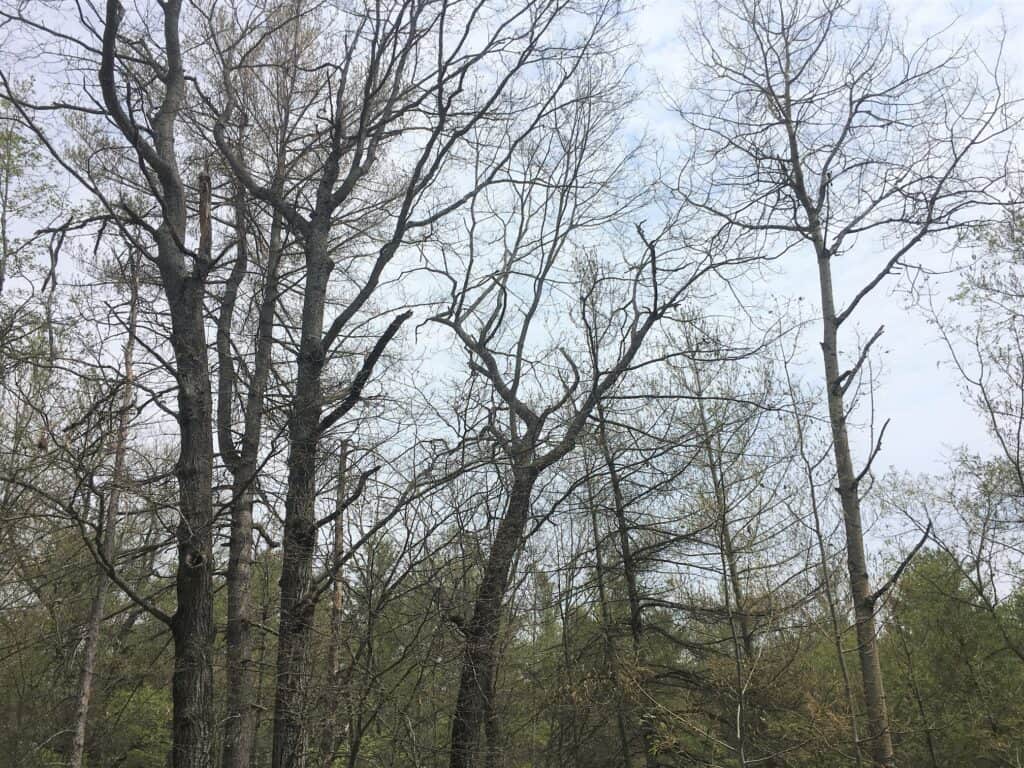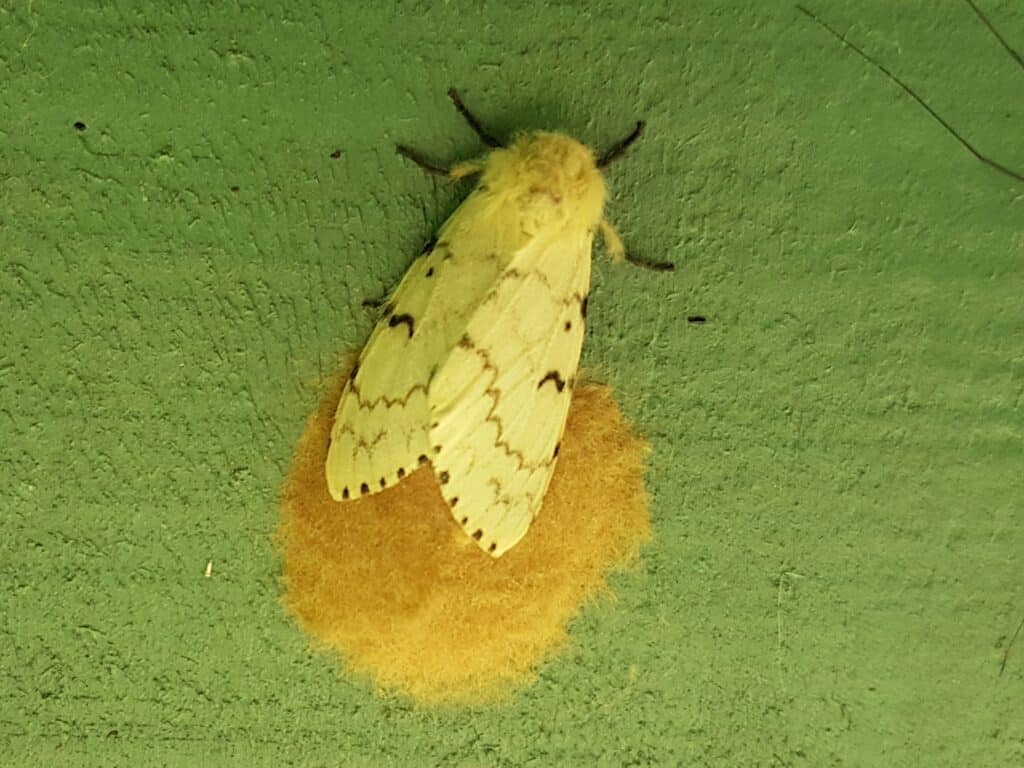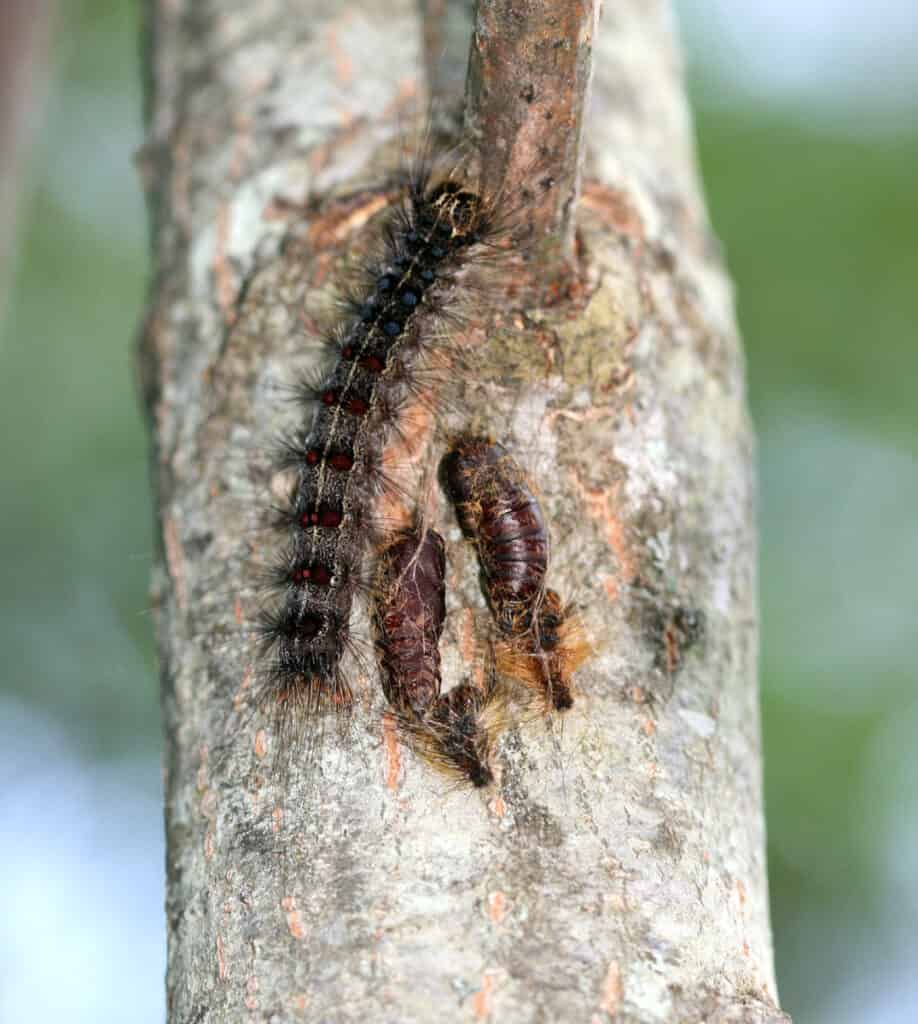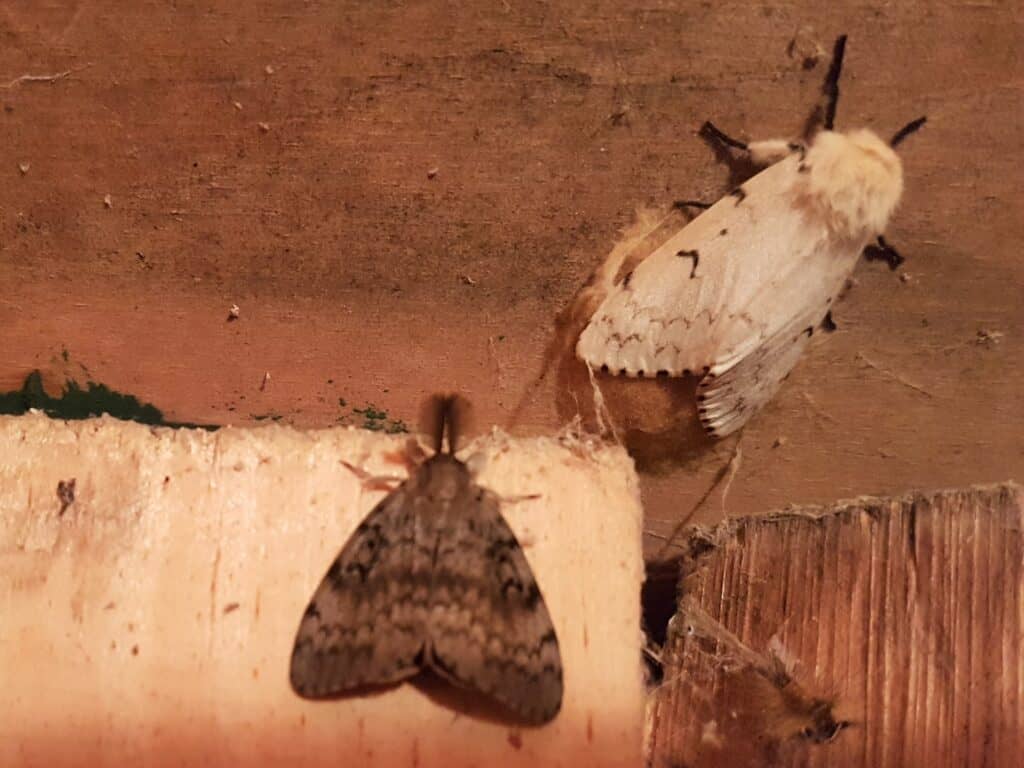Peterborough Examiner – June 18, 2021 – by Drew Monkman
Despite some challenges, there is much to look forward to in the coming months
To a large extent, “seeing” is knowing what to expect. In fact, the cornerstone of identification is knowing what species are most likely given the time of year and habitat. So, as I do at the beginning of each season, I want to look ahead to nature happenings that are typical of summer. First, however, it’s important to set the scene because we’re facing a number of challenges. And I’m not talking about COVID-19.
Above-normal temperatures are expected again this summer. Although this might seem like great news as we come out of the pandemic, it will almost certainly mean many days of extreme heat. As has been the pattern in recent years, we can expect multiple days above 30 C. Last summer, we tallied 35 such days. This was more than three times the average in the 1990s.
A weather extreme we’re already dealing with is lack of precipitation. May, for example, was the fourth driest on record. Otonabee Conservation has already issued a Level 1 low water declaration, asking all water users to reduce consumption by 10%. To avoid moving to Level 2, the Peterborough area will require 51.5 mm of rain in June. As of this week, we’ve received only about 17 mm. We’re not alone, however. Drought is already widespread in Quebec and in other parts of Ontario. In the western U.S., dry conditions are shaping up to be the worst in recorded history.
The lack of rain this spring has contributed to a terrible allergy season since rain cleanses the air of pollen. As our planet continues to heat up, the length, intensity, and early onset of pollen seasons are all increasing. Pollen levels over the summer are expected to remain high. Right now, grasses and conifers are the main sources. Pine pollen is the yellow dust you see on your car.
We also can’t ignore the severe gypsy moth infestation under way, especially north of Peterborough. The defoliation appears even worse than last year. In many areas, even pines are now stripped of their needles. The caterpillars will begin to pupate by the end of June, and adult moths will emerge from the pupal cases in mid-July. Egg-laying will then begin. These infestations have a negative effect on other species and increase the likelihood of fires. For more information, see my column from last summer at https://tinyurl.com/kwhwsjdn
June
- In late June and early July, the reddish-purple fruit of serviceberry trees (Juneberry) are a source of food for numerous bird species. The one in our yard attracts everything from robins and waxwings to catbirds and woodpeckers.
- Sunday, June 20, marks the summer solstice. The sun rises and sets at its furthest point north and is almost directly overhead at noon.
- Turtles are still nesting and often seen crossing roads. Remember to slow down when driving through turtle habitat.
- Monarch butterflies are returning. They are the “grandchildren” of those that flew to Mexico last fall. I’ve already seen 10 this year.
- Late June nights are alive with fireflies. The male will typically fly low over a meadow and flash his heatless light in a specific pattern, colour and duration. The female then responds with her own luminous signal.
- Late June is synonymous with butterfly-watching at its best. Several common species to watch for (and maybe photograph!) are tiger swallowtail, clouded sulfphur, white admiral, great spangled fritillary, northern crescent, and mourning cloak.
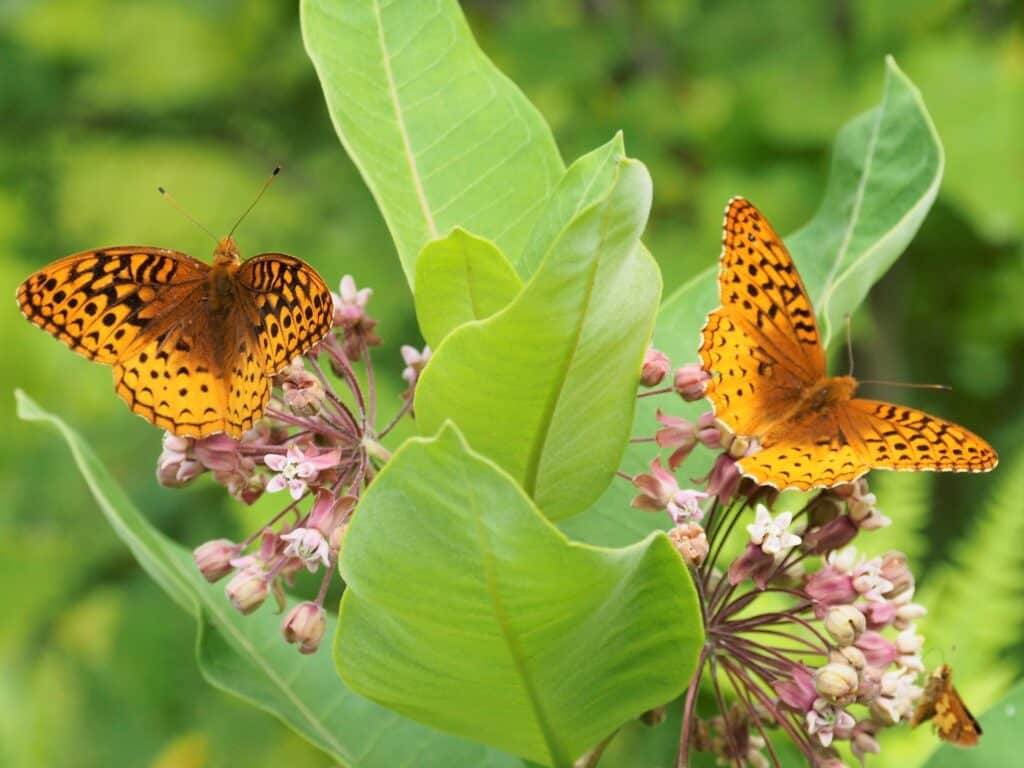
July
- Common milkweed is in flower and its rich, honey-sweet perfume fills the early summer air.
- Numerous other plants are also blooming. In wetland habitats, watch for common elderberry, swamp milkweed, Joe-Pye weed, yellow pond lily, sundews, and fragrant white water lily. Along roadsides and in meadows, common species include bird’s-foot trefoil, ox-eye daisy, yarrow, viper’s bugloss, Queen Anne’s lace, purple-flowering raspberry, and orange hawkweed.
- July is infamous for deer, horse, and stable flies, which belong to the Tabanidae family. Deer flies have black-patterned wings, iridescent eyes and tend to fly around your head. Horse flies are larger, grey in colour, and have huge eyes. They prefer to bite lower on the body. Stable flies are house fly-size and have four dark stripes on the thorax. They often attack the ankles and are difficult to swat. Stable flies lay their eggs on rotting vegetation along shorelines and often show up at cottage docks.
- By mid-July, there is far less bird song. One of the few species that continues to sing, however, is the red-eyed vireo. It is one of our most common but least-known songbirds. It sings non-stop, robin-like phrases from high in the canopy.
- Mid-summer is a wonderful time to enjoy the wide abundance of ferns that we have in the Kawarthas. The Warsaw Caves Conservation Area, Silent Lake Provincial Park, and Kawartha Land Trust’s Ingleton-Wells Trail on Stoney Lake are three of my favourite fern destinations.
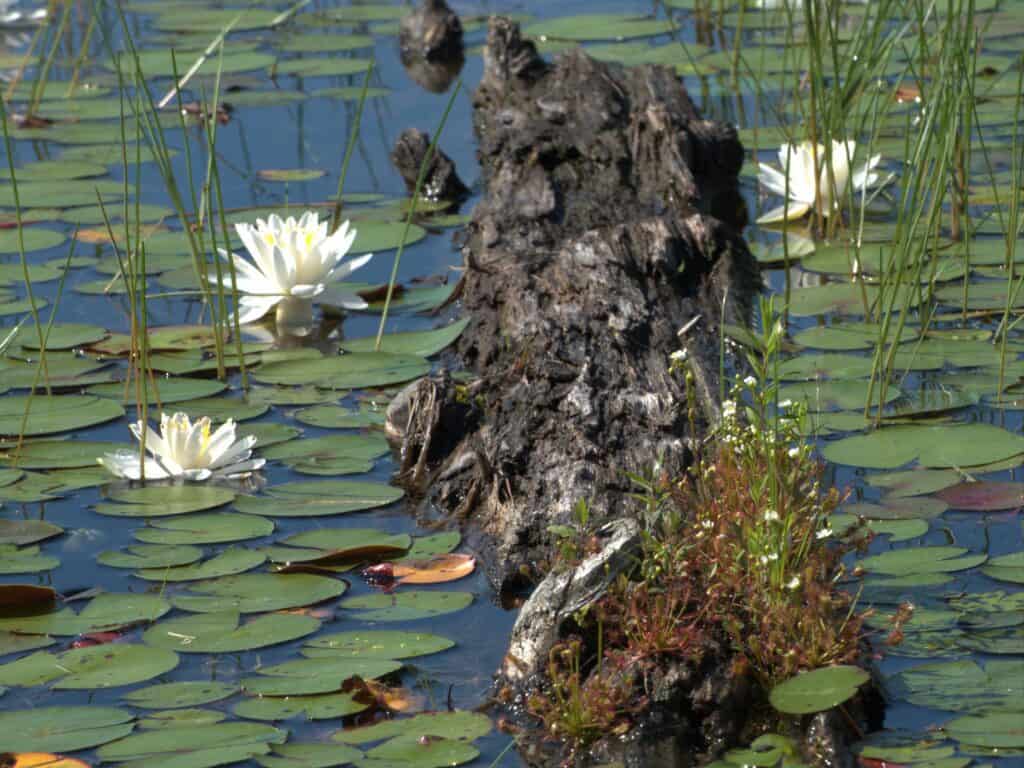
August
- Check milkweeds for the eggs and caterpillars of the monarch butterfly. Monarchs are easy to rear in captivity and provide adults and children alike with a first-hand lesson in insect metamorphosis. Watch the five-part “MrLundScience“ series on YouTube at https://tinyurl.com/thcz82uw
- Small dragonflies known as meadowhawks abound. Mature males are red, while females and immature males are yellowish.
- A large percentage of the insect music we hear this month comes courtesy of crickets and katydids. For example, the soft, rhythmic “treet…treet…treet” of the snowy tree cricket sounds like a gentle-voiced spring peeper. Watch and listen at bit.ly/18nGrJ3
- Bird migration is in full swing by mid- to late August, with numerous southbound warblers, vireos, and flycatchers moving through. The trail along the west side of the canal south of Nassau Mills Road is a great early-morning location to see them.
- Goldenrods reach peak bloom at month’s end and become the dominate flowers of roadsides and fields. These plants are veritable insect magnets.
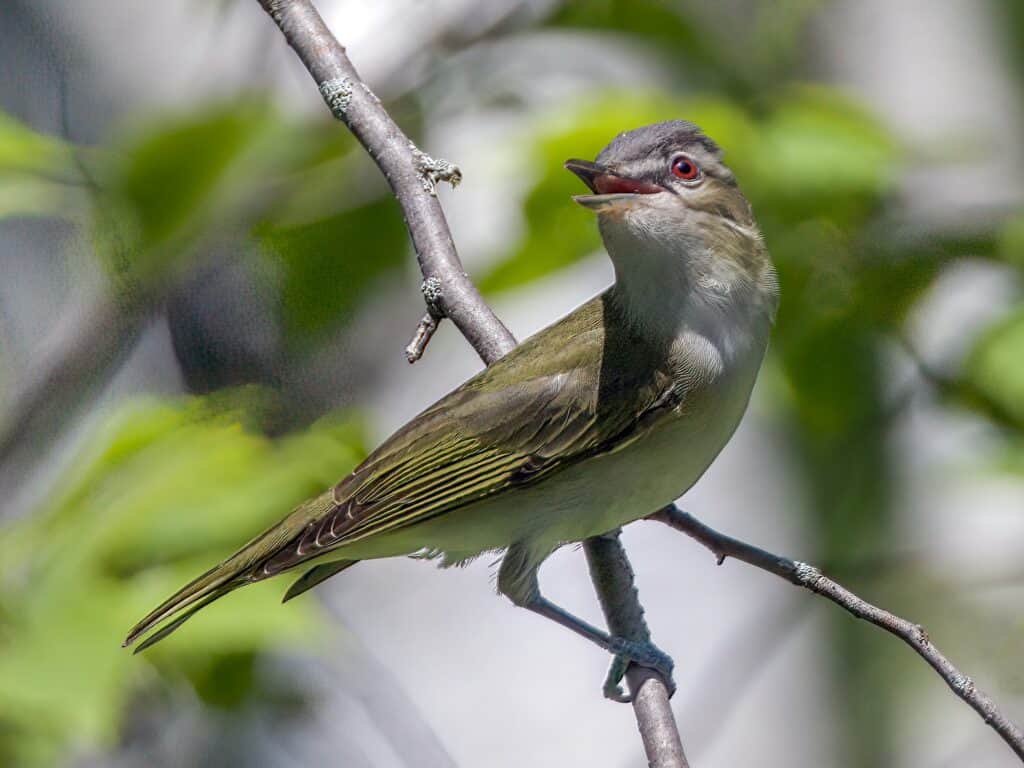
September
- If you’re looking to create higher quality bird habitat in your yard, you need to plant trees that host the large varieties of native caterpillars. Nearly all birds require caterpillars to feed their young. The best species in this regard are native oaks (Quercus), willows (Salix), and cherries (Prunus) – and, no, they will not defoliate the trees. Fall is a good time to plant trees, and prices are often lower.
- By late September, asters reign supreme. Watch especially for New England, heath, panicled, and heart-leaved asters. Like goldenrods, they make a great addition to any pollinator garden.
- Most years, Virginia creeper vine, poison ivy, chokecherry, and staghorn sumac reach their colour peak close to the fall equinox, which occurs this year on September 22.
CLIMATE CRISIS NEWS
ALARM: Scientists announced Monday that the level of carbon dioxide in the atmosphere is now at its highest in more than four million years. To make matters worse, we are still adding roughly 40 billion metric tons of CO2 pollution annually. CO2 levels averaged 419 parts per million (ppm) in May when carbon levels in the air reach their annual peak. This is 1.82 ppm higher than in May 2020 and 20% above the highest level considered safe for the planet (350 ppm). The global economic disruption caused by the pandemic appears to have made no difference to carbon levels. The more CO2 there is in the atmosphere, the more the planet heats up. See https://tinyurl.com/3uzw2tux
HOPE: Thanks to a report presented by Mayor Diane Therrien, Peterborough city council has approved the creation of a Portfolio for Environment and Climate Change. This is an important step forward in supporting the goals in the city’s Climate Change Action Plan. Councillor Kim Zippel will chair the new portfolio. Sadly, Zippel has decided not to run in the next municipal election. She has been council’s strongest voice for environmental protection.
To see a list of ways YOU can take climate action, go to https://forourgrandchildren.ca/. Scroll down and click on “This Month’s Action” or “Find Another Action You Can Take Today”. If you haven’t done so already, be sure to watch “Breaking Boundaries” on Netflix.
